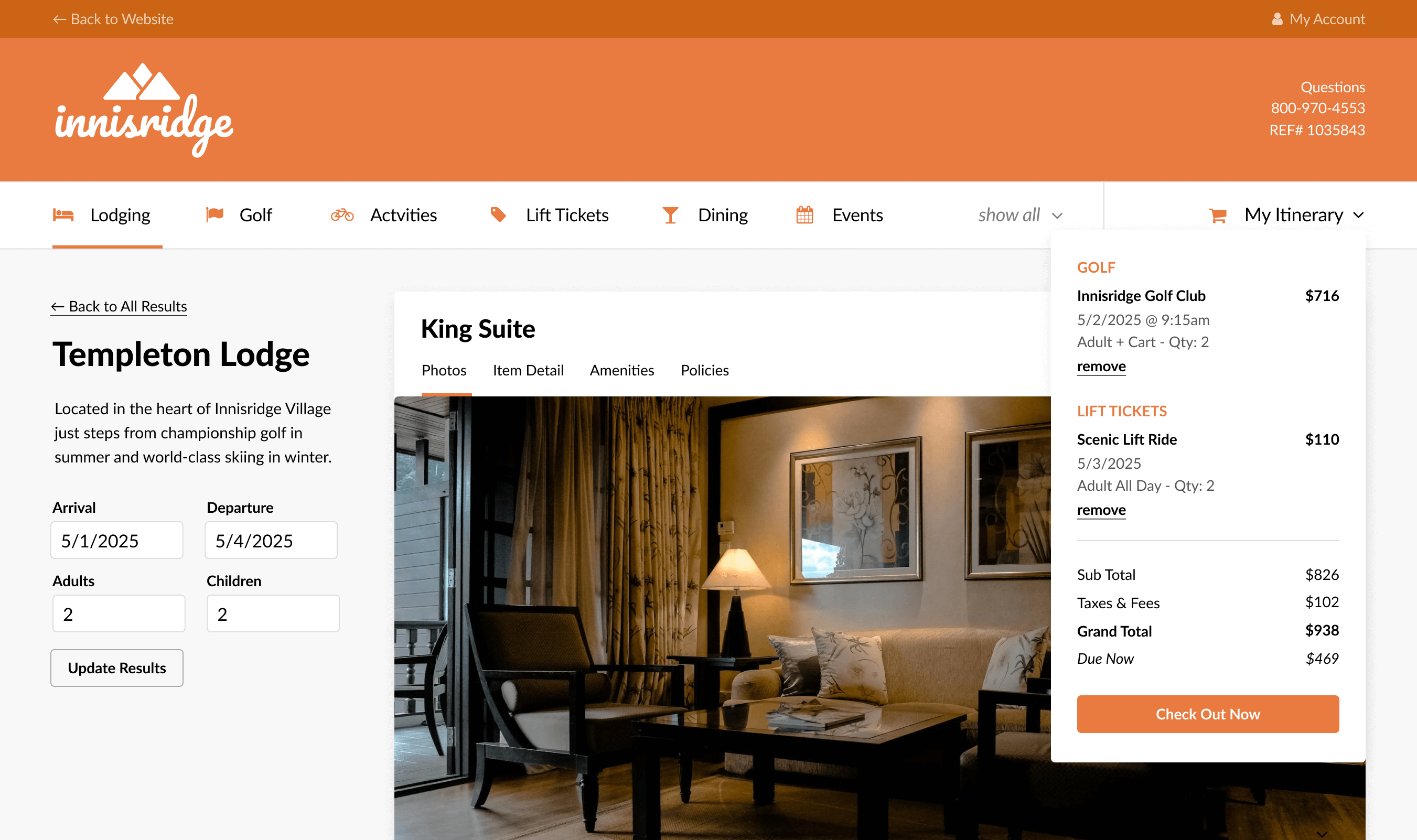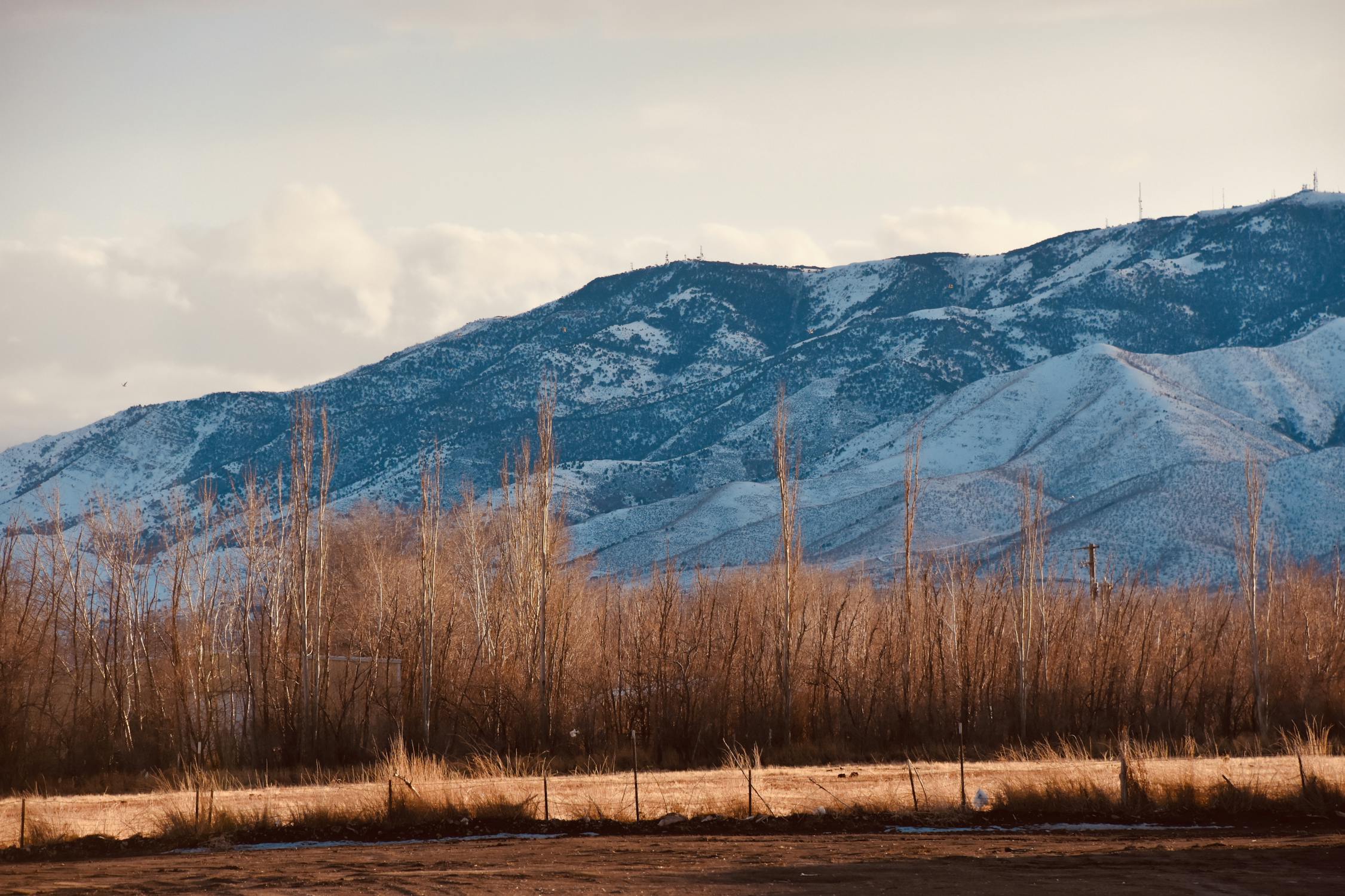
Trends

Whether it was decent widespread snowfall, sustained consumer optimism, post-election recovery, or pent-up demand, bookings for the winter months surged ahead during November. Details about the stepped-up activity that moved a lackluster forecast for winter bookings as of Oct. 31 to a much-improved outlook as of Nov. 30, was released yesterday by DestiMetrics,* the Business Intelligence division of Inntopia. Participating properties in 17 mountain destinations across seven western U.S. states reported that bookings made during November for arrivals from November through April drove seasonal occupancy up 7.2 percent from where it was last month. And while aggregated daily rates have been mostly flat with only minor fluctuations up and down for the past year, the November occupancy surge was not tied to lower rates. For the first time in months, price-sensitivity among consumers appeared to ease during the month.
November occupancy was down but a big improvement from last month
Last month as of Oct. 31, occupancy for November was down 8.9 percent compared to the previous year. But in a sharp recovery, aggregated occupancy for November rose considerably and managed to finish the month down only 1.1 percent. The Average Daily Rate (ADR) edged up a slight 1.9 percent to deliver a tiny 0.8 percent increase in revenue.
Winter forecast looking up
Widespread snowfall enabled most destination resorts to open in the past few weeks and with consumers displaying a bit more confidence, bookings are ticking up in most, but not all the winter months. Compared to last year at this time, the combination of occupancy in-the-bank and on-the-books for November through April is up a slight 1.8 percent, a reversal of the 1.6 percent seasonal decline reported last month. While all months saw improvements in year-over-year occupancy performance, there is a split between early and late season numbers—with November through January down–including a 3.3 percent drop in December, but healthy gains on-the-books for February–up 6.5 percent, March up 7.4 percent, and April up 9.9 percent.
Although aggregated daily rates slipped very slightly from the end of October, as of Nov. 30, ADR is up 1.2 percent for the full winter season with increases being posted in four of the six months—most notably in April up 5.4 percent. Only February and March are currently showing scant declines. The growth in both occupancy and rates is delivering a seasonal increase in revenue of three percent; a significant improvement from the very slight 0.3 percent gain as of last month.
“During presidential election years, we typically see a slowing in bookings during October and then a return to a slight pickup in November once the election is over; and we saw that this year but with an even stronger post-election rebound than usual—bookings were up 16 percent during November compared to last year, helping with a critical flip in seasonal occupancy from a negative to a positive position,” reported Tom Foley, senior vice president of Business Intelligence for Inntopia. “Of course, good snowfall and the upticks in consumer optimism that we saw last month also played a crucial role in the eagerness of skiers and riders to book a mountain vacation.”
Economic arrows all pointing up
*The Dow Jones Industrial Average (DJIA) rose a dramatic 7.5 percent in November to close the month at 44,910.65—it’s highest monthly close ever and the fourth record-setting month in the past five. Markets reacted favorably to the outcome of the presidential election in anticipation of easing regulations under a new administration. Improved consumer mood, strong spending, and energized employment data also fueled Wall Street’s jump.
*The Consumer Confidence Index (CCI) and the Consumer Sentiment Index (CSI) both increased in November as the CCI rose to 111.7 points and its highest level since July 2023, while the CSI from the University of Michigan increased for the fifth consecutive month by rising 2.1 points to reach its highest mark since last April. Repondents in both surveys cited positive employment news as a primary reason along with Wall Street strength and that impact on savings and retirement accounts.
“While both indexes are now above their 24-month average, price-sensitivity still remains an issue in both the data from the CCI and CSI and also in some of the booking patterns we’re seeing for Winter 2024-25,” noted Foley.
*The Unemployment Rate ticked up from 4.1 percent in October to 4.2 percent in November but job creation rebounded dramatically with employers adding 227,000 new positions. Additionally, the job figures for September and October were both revised upward for a combined 56,000 new positions added during those months.
*Inflation edged up from 2.6 to 2.7 percent as monthly prices rose 0.3 percent during November and marks the largest month-over-month increase in prices since last April.
Watching….
*Snowfall and the weather are the center of attention as generous snowfall around the country can reliably overcome most other challenges in the economy. November snowfall was solid and widespread allowing resorts opening dates to be met, and in some cases, ahead of schedule. Snowstorms near major urban centers like New York and Philadelphia can also spark booking activity although that hadn’t yet materialized in November.
*Booking pace, the difference between bookings made last month for arrival in the next six months compared to the same time last year, were robust in November—ramping up from an anemic 1.2 percent gain in October to a strong 16 percent through Nov. 30.
*Seasonal occupancy finally moved from a negative to a positive position during November. Occupancy for the full season rose from a 1.6 percent deficit as of Oct. 31 to being up 1.8 percent as of Nov. 30. However, three of the winter months are still tracking behind last year at this time.
*Holiday timing is still posing challenges due to school break scheduling but November’s booking pace moved the needle appreciably for both December and January. December moved from a 7.6 percent decline to a more moderate 3.3 percent decline while January improved from a 4.2 percent deficit to a 1.6 percent decline. However, strong bookings for arrivals in November were still not enough to offset the occupancy deficit recorded for the Thanksgiving holiday this year—with occupancy for the week down 4.8 percent compared to last year.
*Length of Stay is beginning to elongate after nearly two years of being down year-over-year as consumers opted to shorten their stays rather than abandon them or downgrade their lodging experience. Although still down 0.10 nights for the winter, it is a significant improvement from Aug. 31 when it was down 0.27 nights.
“We saw a lot of positive weather and economic activity during November that bolstered bookings for the entire season and really changed the tone from the end of October,” Foley observed. “Strong economic news is always helpful, especially as we still see some price-sensitivity, but we’re also seeing a few cracks appear in consumers’ resistance to high rates and we’ll be watching that very closely in the months ahead. In the meantime, and as always, this is when we really count on Mother Nature to do her part and deliver plenty of the white stuff from coast to coast,” he concluded.